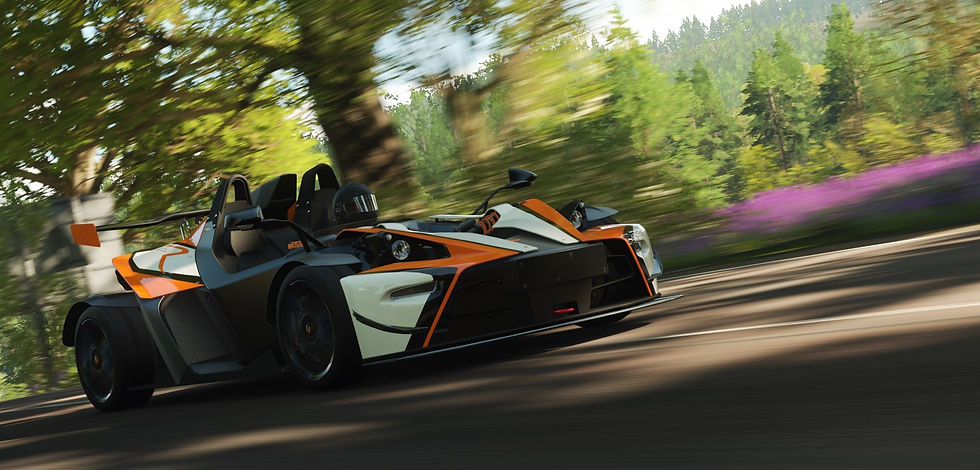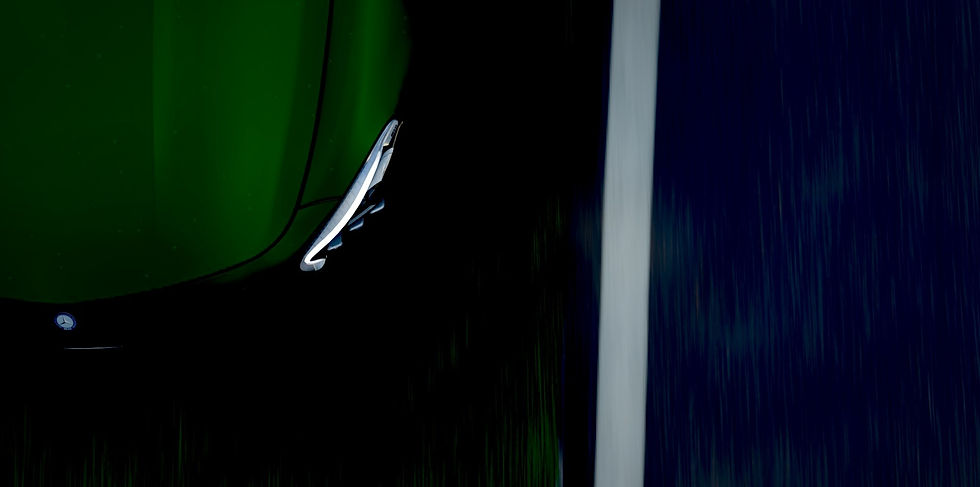ORIENTATION: THE ART OF MISDIRECTION
- Jon Rosario
- Jan 16, 2020
- 2 min read
Updated: Dec 27, 2021
The orientation of a picture is a simple, yet powerful trick to create a story with your image. Similarly to context and zoom, orientation requires you to challenge your perspective on what your image can be. By changing how you orient the camera in relation to your subject a unique and distinct creation can be made.
There are three main orientation types, and each has an individual and powerful effect on the meaning of your image.
FORWARDS
When facing a camera forward (towards direction of travel), your picture depicts a sense of both progression and a future. By having the camera pointed in the direction of travel, it evokes that you are going in that direction as well. This allows you to theme near any photograph, as it will resonate with your audience.

BACKWARDS
A backwards orientation causes the viewer to perceive any motion in the picture slower. When pointing your camera in the opposing direction of travel, it acts as a depressant, making the picture appear a fraction of the actual shutter speed. In this manner, a normally chaotic photograph usually takes on a more mild connotation. By having the photo oppose the direction of motion, you can also create a more diverse narrative for your shots. If you are including other cars, it'll evoke a sense of winning, or a sense of being pressured, adding to excitement.

SIDEWAYS
The third main orientation type is a sideways orientation. A sideways orientation simply causes everything in your shot to be taken on face value. If your car is travelling at speed, your photograph will showcase a mass of speed, if your car is large, then it'll appear massive, it your background is bright, your photo will be radiant. Blatantly, the photograph will emphasize most things inside of it, where as with forwards and backwards orientations, some things can be hidden, or understated. Taking a good sideways photograph is difficult because it leaves little for variety, so carefully consider what you shoot, and where it is being shot.

ADDITIONAL TIPS AND TRICKS
- When taking a sideways shot, some cars won't always fit in the picture, to alleviate this, you can tilt the camera to increase the area where it can fit (Depicted above)
- When taking a Sideways shot, shooting in a location with a lighted backdrop can go a long way when it comes to making a quality shot. Not only can it light the car, making for exuberant options, will create a backdrop that showcases the speed without sacrificing quality as the light dissipates
- When taking orientation shots in general, try to put the camera as close as possible to the ground, as it'll increase the sense of speed without deterring from general focus. If not taking a shot a speed, then still take the photograph as close to the ground as possible, as it'll be more relate-able cognitively for the viewer.

Continue with our teaching series to learn more photography techniques such as Context, Suns & Scapes, and Selection. Click here for more from Project Overtake.



Comments